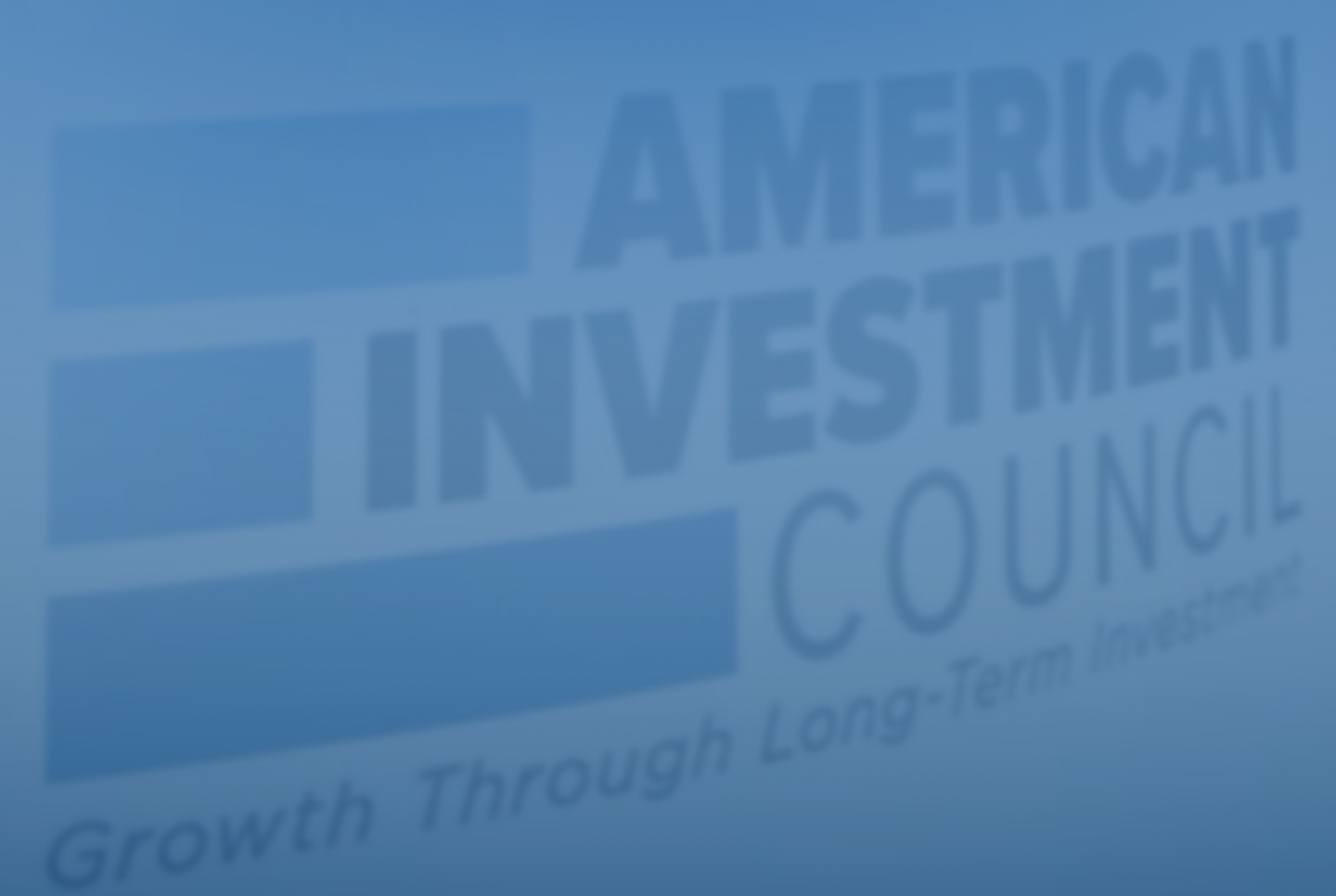Politicians Put Populism Over Pensions
The Wall Street Journal
By Mene Ukueberuwa
January 29, 2019When it comes to pensions for America’s teachers and state employees, “underfunded” is an understatement. As of 2016, state funds nationwide were on track to cover less than two-thirds of the $4 trillion they owe to 19 million current and former public workers. Investment officers in each state are asked to play miracle worker, taking the leftovers from what statehouses spend and using the market to provide retirement benefits for the masses.
Yet some opportunistic politicians have threatened to deny state pension funds the tools they need to perform best for public workers. In Pennsylvania, New Jersey and North Carolina, elected leaders—eager to posture against Wall Street—have announced plans to reduce or minimize private-equity investments. In each case the move was made against the protests of state fund managers, who point to the way illiquid assets help tighten funding gaps.
The most decisive move came in Pennsylvania last month, when Democratic Gov. Tom Wolf asked the state’s two retirement funds to close out their private-equity investments in favor of an all-index-fund strategy. The governor cited high fees paid to investment managers, saying the switch would save more than $10 billion over the next three decades. Two months earlier, the funds’ overseers had attempted to pre-empt the move with their own cost-saving plan, which held private-equity commitments roughly level at about 14% of their portfolios.
It isn’t hard to see why the pension-fund managers put up a fight. Since 2007 private equity has been the best-performing asset class for state funds, according to investment research firm Cliffwater, with a median return that beat stocks by 2.5 percentage points, including fees. Research from PitchBook Data shows that private equity was the top performer in 11 of the years from 2001 through 2016. Pennsylvania’s retirement system has lagged behind its peers, but as the fund managers have pointed out, private equity at large isn’t the culprit.
Yet Mr. Wolf is less interested in the evidence than in populist signaling. When he made the announcement last month he railed against “excessive costs and fees paid to Wall Street banks.” This has been a theme of the governor’s since he took office in 2015. In his first budget address he charged that the state has been “wasting hundreds of millions of taxpayer dollars on Wall Street managers.” Mr. Wolf has chosen the short-term gains of reduced fees and the gallant stance of sticking it to Wall Street over the long-term interest of state retirees.
The same incentives are at play in New Jersey, where Democratic Gov. Phil Murphy campaigned on slashing private equity from the state portfolio and has frozen new commitments since last March. Brendan Thomas Byrne Jr., former chairman of the State Investment Council, resigned in June after struggling to dissuade the new governor from going forward with the plan. “Saying you’re against giving an extra $100 million to fat cats sounds good,” Mr, Byrne says, describing the governor’s scapegoating of management fees.
Mr. Byrne, whose father served as governor from 1974-82 and who runs a small wealth-management firm, points out that Mr. Murphy worked at Goldman Sachs before entering politics and triumphed in the Democratic primary by rebranding as “the anti-Wall Street candidate.” Yet despite the governor’s rhetoric, private equity was the New Jersey Pension Fund’s best-performing asset class in 2018, with a total return of 9%—a quarter higher than the assumed rate for all investments.
Mr. Murphy hasn’t called for a permanent reduction of private-equity investment, and if he decides to change course he’ll be following the example of North Carolina. Dale Folwell, the state’s treasurer and sole trustee of its retirement system, was hailed in a 2017 Bloomberg Businessweek profile as “The $90 Billion Investor Who’s Out to Fire Wall Street.”
True to his word, Mr. Folwell halted new investments in private equity and reduced fees by shifting funds into cash and bonds. But by year’s end those savings were dwarfed by the potential earnings the fund missed as the private and public markets surged. The treasurer seems to have noticed: Last year the fund increased its private-equity exposure by 0.67 percentage point and reaped a 7.3% return, topping the assumed rate.
Skeptics of private equity like Mr. Folwell often concede that it posts great returns during boom years, but claim it falters in bear markets once fees are taken into account. Something closer to the opposite is true. A 2016 study from the Center for Economic and Policy research showed that private equity’s edge over the public market was greatest during economic slumps. When capital is scarce, private investors can buy more equity for less and pass the returns to backers like pension funds. This “liquidity premium” makes private equity a vital hedge for state funds when tax revenue dries up during downturns.
As for the fees, pursuing the benefits of private investment doesn’t require state funds to take the costs for granted. Larger funds like California’s Calpers system, which often supply more than half the capital raised by firms they invest with, routinely use their leverage to minimize fees. Funds of all sizes also have begun to manage more of their alternative investments in-house, testing whether they can attain the same returns without outside managers.
Though the skeptics have gained traction in a few states, the national tide among pension funds remains in private equity’s favor. It accounted for about 7% of U.S. pension investments in 2017, up from 3% a decade earlier, and large states like California, Texas and Florida have pledged recently to increase their stakes. As the Democratic presidential primaries promise to raise the volume of anti-Wall Street rhetoric, state officials should do their best to plug their ears and keep their eyes on the market.
Mr. Ukueberuwa is an assistant editorial features editor at the Journal. |




